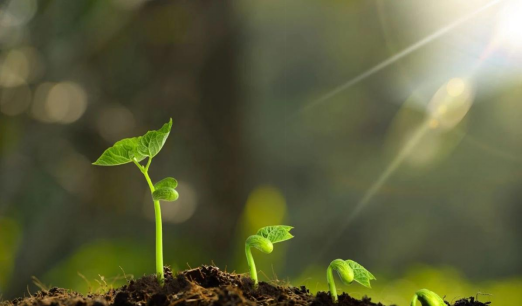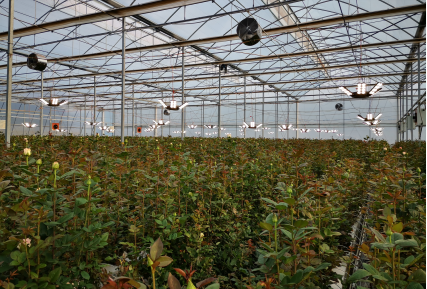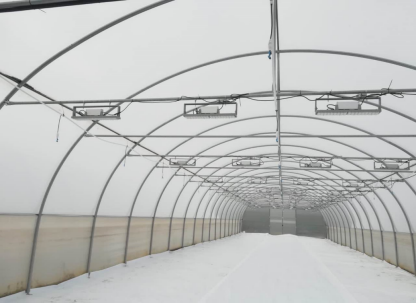Sansi LED: Sustainable LED Lighting and Integrated LED Display
Delivering premium and professional LED Display, LED Lighting, Smart City Integration solutions, trusted by over 60,000 companies worldwide everyday. From industrial lighting to commercial lighting, from outdoor advertising to XR & VR production, Sansi LED greatly improves the quality and sustainability of your business with 30 years of expert experiences.
We know that plants cannot be exposed to the sun for a long time because of the special sunlight. The long-wave ultraviolet rays can not only penetrate windows and parasols, but also the dermis, making damage to collagen and lipids under our skin and causing skin aging or skin cancer. Ultraviolet rays in the medium wave can directly reach the dermis, causing peeling and erythema of the skin. On the other hand, it’s harmful for our eyes to look directly at the sun. The light will make you dizzy. In the worst case, it will cause eye fatigue and even vision loss.

Since that the horticultural lighting fixture is made according to the photosynthesis of plants to sunlight, is it harmful to humans during the process of making supplementary light for the plants?
Whether plant grow lights are harmful to people depends on the lights you buy. That is to say, if the spectrum ratio of the lights is unreasonable(containing UVA&UVB, 1000nm~3000nm infrared light, strong sunlight), then it will definitely be harmful to the human body during use. The LED grow lights produced by Sansi does not contain harmful UVA and UVB ultraviolet rays to avoid skin damage; And the cold light source which has no infrared ≥1000nm can avoid a large amount of heat accumulation.
In addition, based on the specific requirements of different plants for light quality (spectrum), light intensity, and photoperiod, Sansi LED grow lights provide a reasonable and accurate spectrum ratio to meet the different needs of different growth stages such as plant growth, flowering, and fruit; And with the unique ceramic heat dissipation technology, good insulation, long life, professional secondary light distribution and uniform light, it is deservedly favored by many gardening enthusiasts and scientific researchers.

A rose flower base in Yunnan

A greenhouse in Bulgaria
